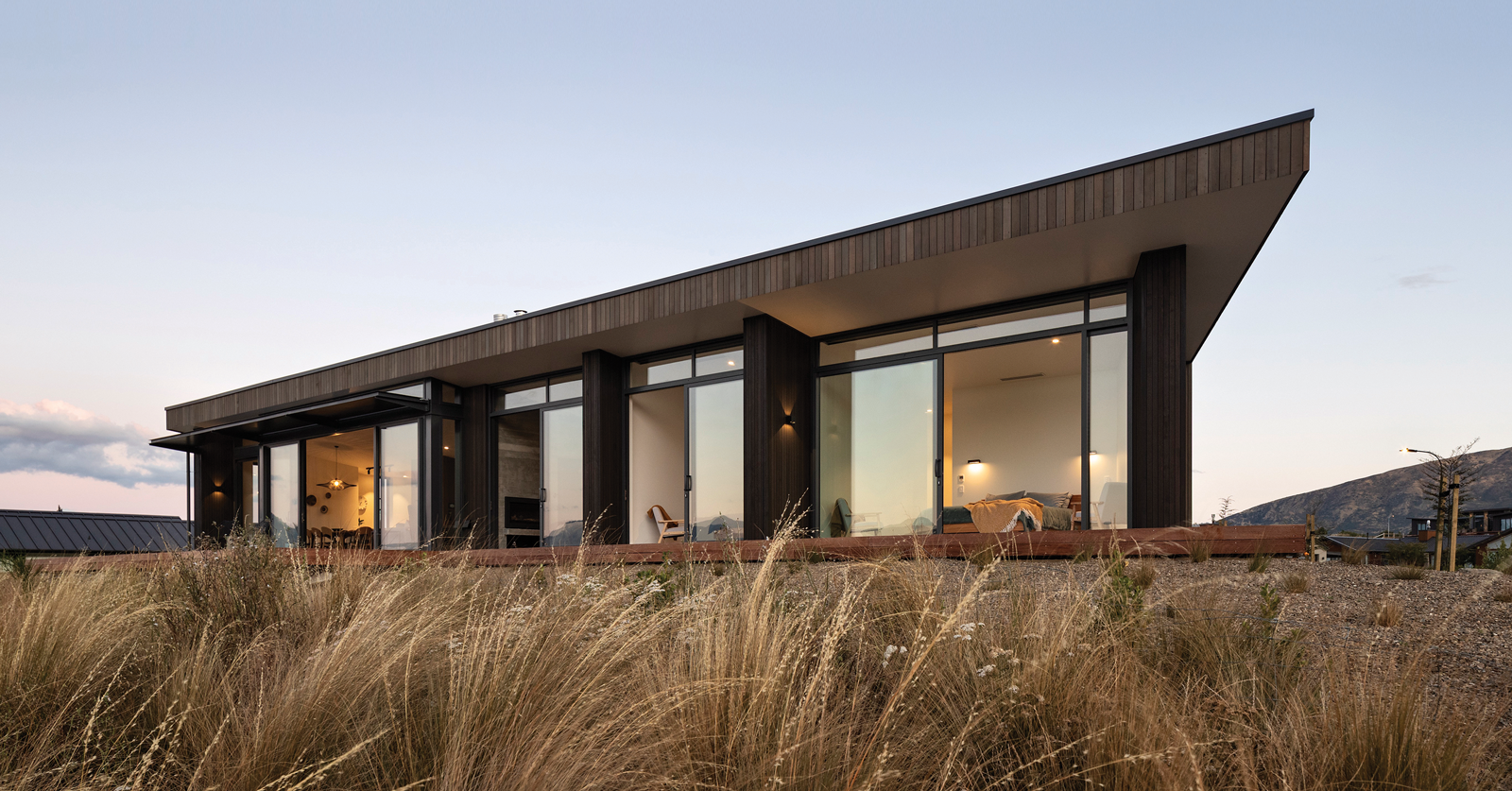Cedar Design Secrets: Three Regional Takes on Nature’s Resilient Residential Cladding
From East Coast cottages to Rocky Mountain retreats and Pacific Northwest modern homes, the projects featured in our latest online course showcase the beauty and brawn of Western Red Cedar.
Join a lively discussion on cedar’s versatility as an enduring material, tailored to meet the unique regional demands of residential design. Rayleen Hill of RHAD Architects in Dartmouth, Nova Scotia; Laura Marion of Flight Architecture in Boulder, Colorado; and Jake Weber of Giulietti Schouten Weber Architects in Portland, Oregon, share their design philosophies and construction strategies for making the most of cedar’s biophilic appeal and beautiful, natural weathering.
“It’s a renewable material with a circular lifecycle—and it gets better with age, like wine,” Marion says. The residential work of these three architects champions cedar not just as a naturally resilient cladding material, but also as a storytelling medium and architectural solution for every region of the country.
You’ll explore case studies showing how cedar offers both finish and function in projects such as a net-zero treehouse-style home in the Rockies clad in cedar with a nickel-gap pattern; a mid-century-inspired new build in Oregon featuring tight-knot cedar siding, and a three-season porch in Nova Scotia with slatted cedar screens offering dappled light and a lantern-like glow. From cladding and screens to ceilings and cabinetry, cedar beautifully blurs the line between envelope and interior.
Credit: 1 AIA LU/HSW

What You’ll Learn in this Course
How to Design Cedar Solutions for Your Unique Region
Regional climate plays a defining role in how cedar performs and weathers. Learn how top architects tailor treatments—from natural silvering to dark stains—to suit site-specific conditions such as foggy coastlines and arid mountain towns while preserving aesthetic and structural integrity.
Cladding with Craft: Profiles, Grades, and Flashing
Get under the surface of cedar detailing with practical insights into selecting the right grade, fine-line vs. shiplap, and rough-sawn vs. smooth finishes. You’ll also explore smart flashing techniques that preserve clean lines and longevity in all weather conditions.
Designing with Variation: Embracing Cedar’s Natural Character
From randomized siding patterns to the embrace of knots and tonal shifts, cedar’s variation is a design opportunity, not a flaw. Learn how to work with these natural irregularities to create dynamic facades and timeless expressions of material honesty.
Inside Meets Outside: Extending Cedar into Interiors
Discover how cedar transitions beautifully from cladding to ceilings, soffits, and even cabinetry. You’ll learn how architects use it to create warmth, continuity, and visual texture—especially in modern homes seeking biophilic character without visual clutter.